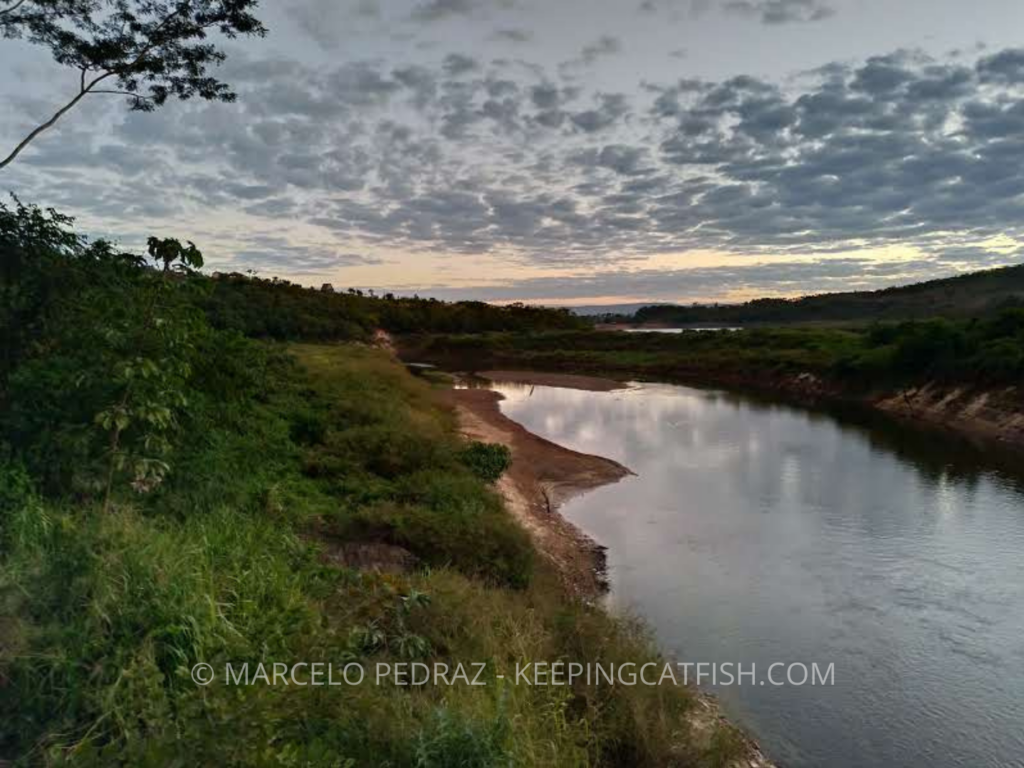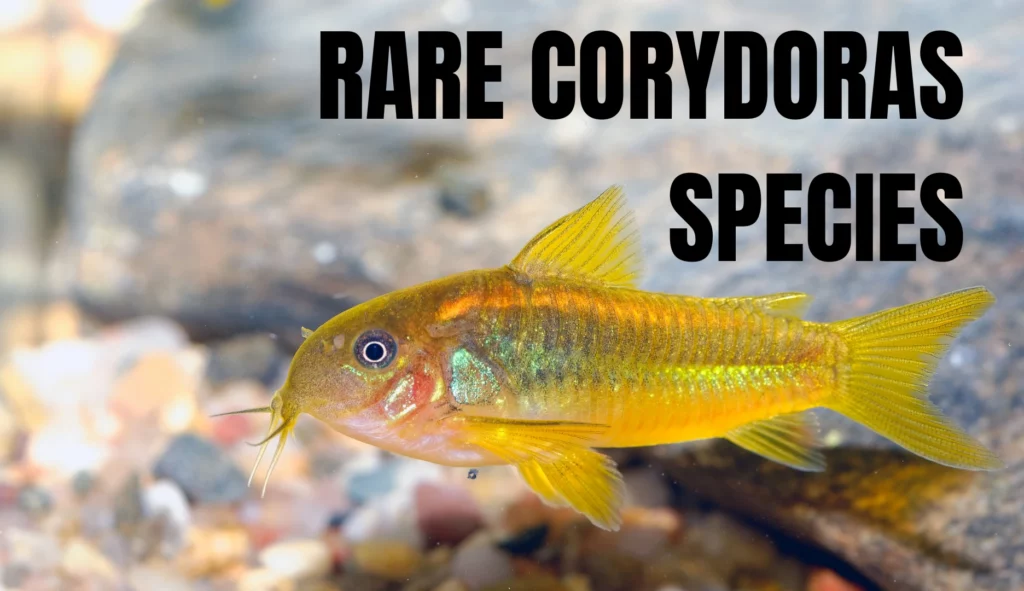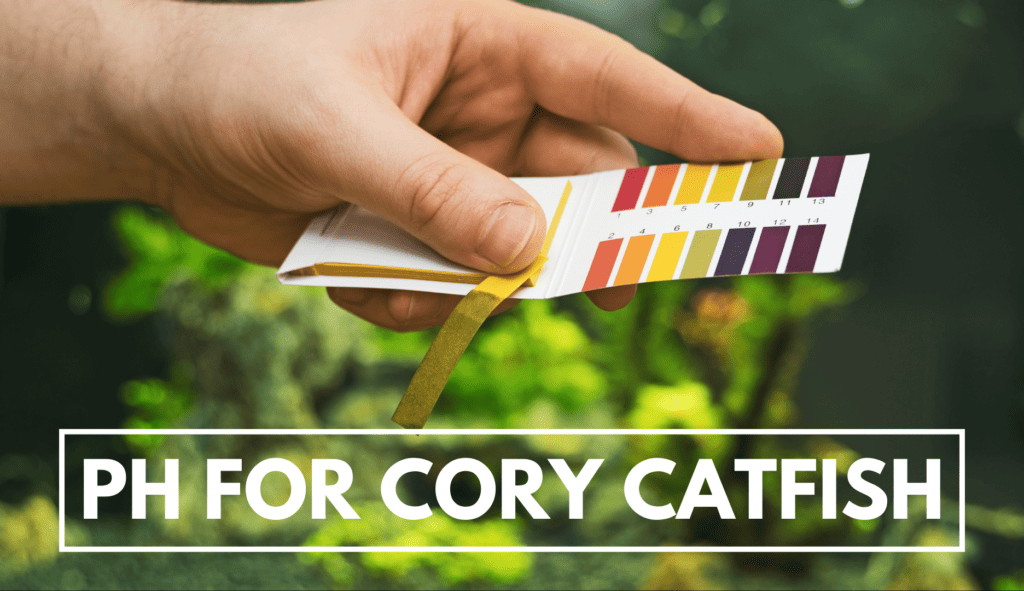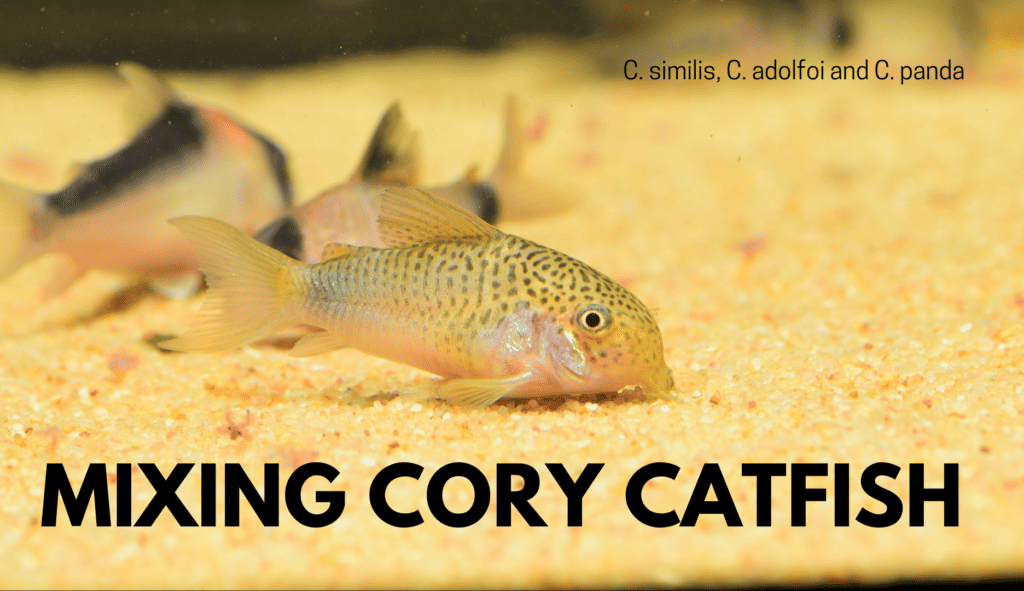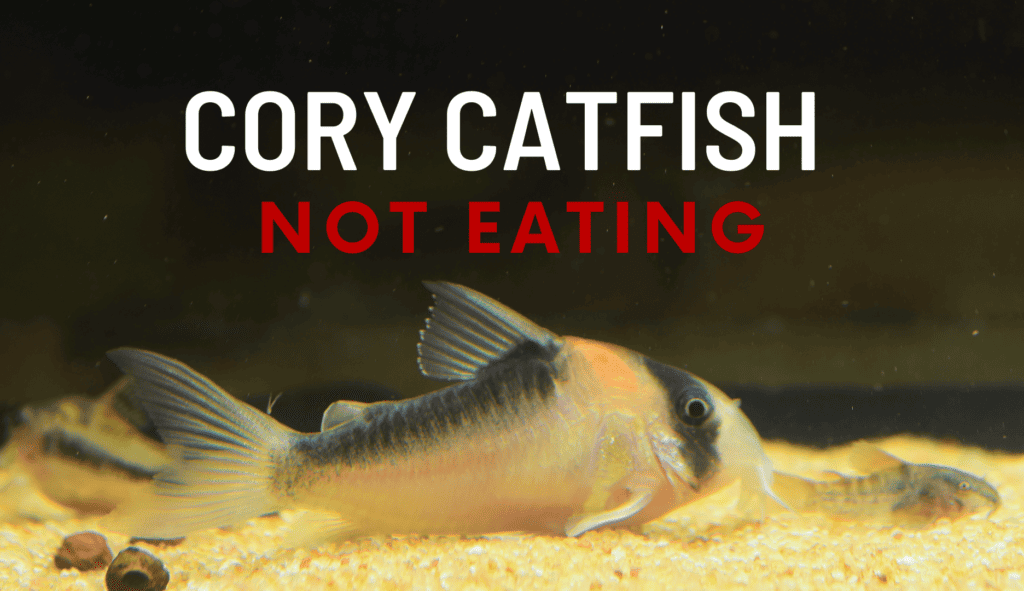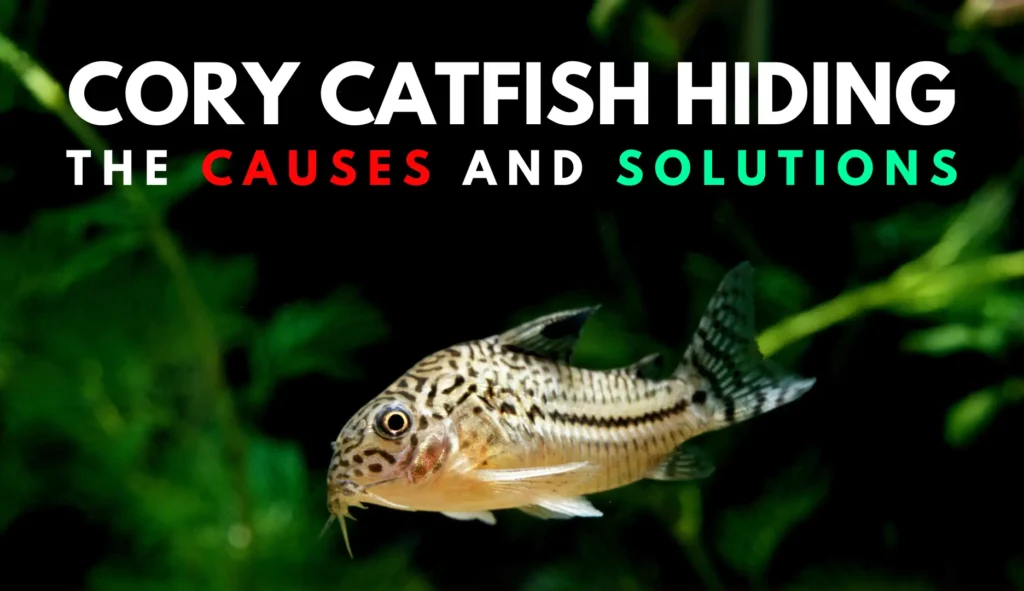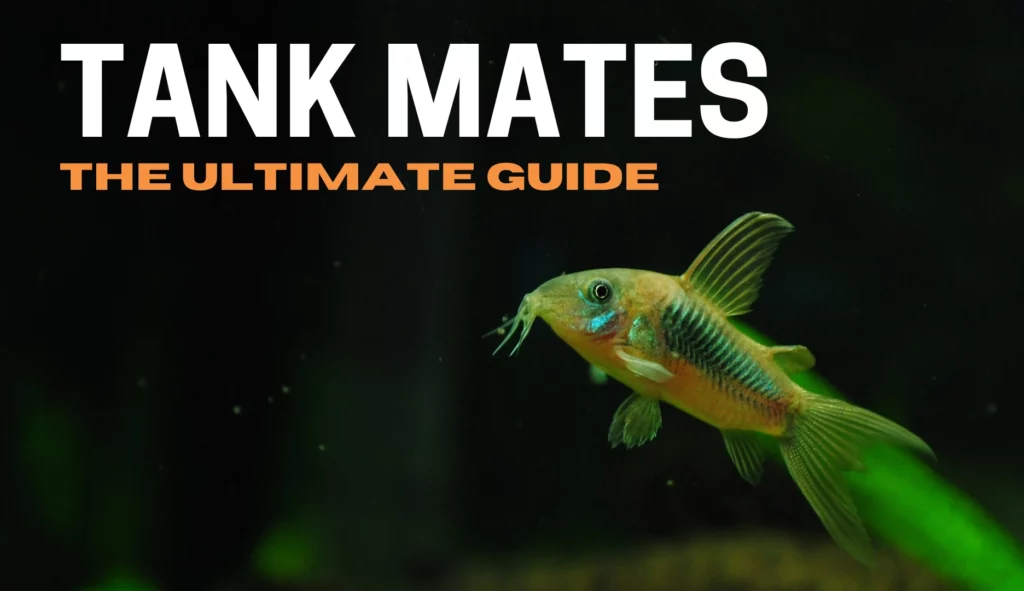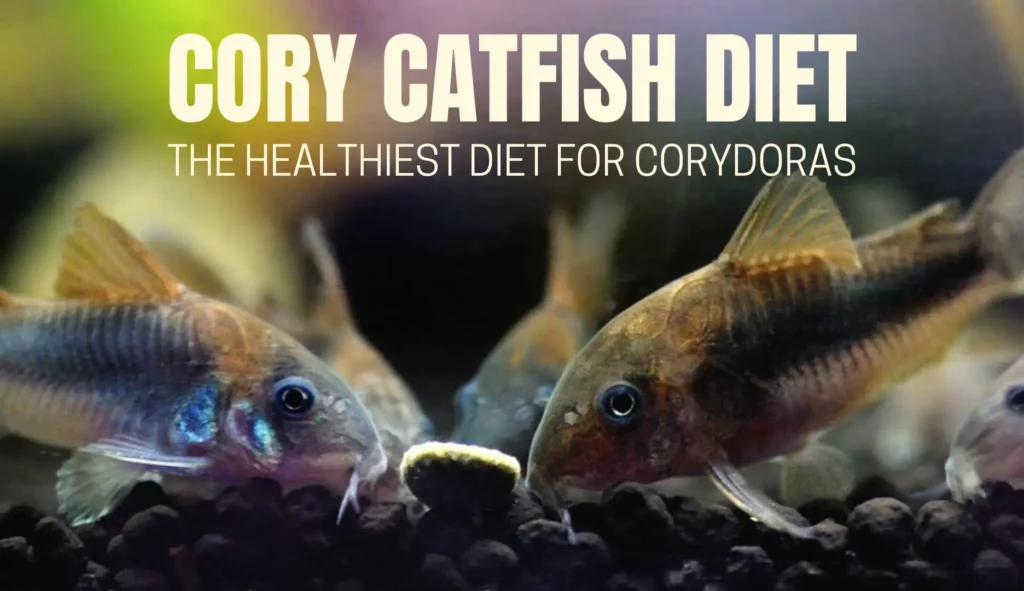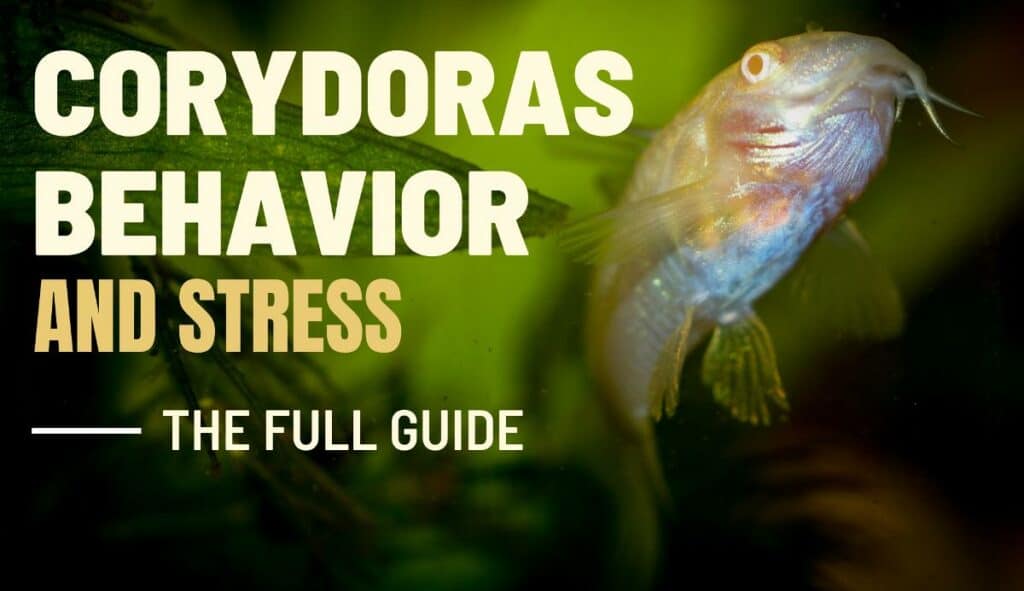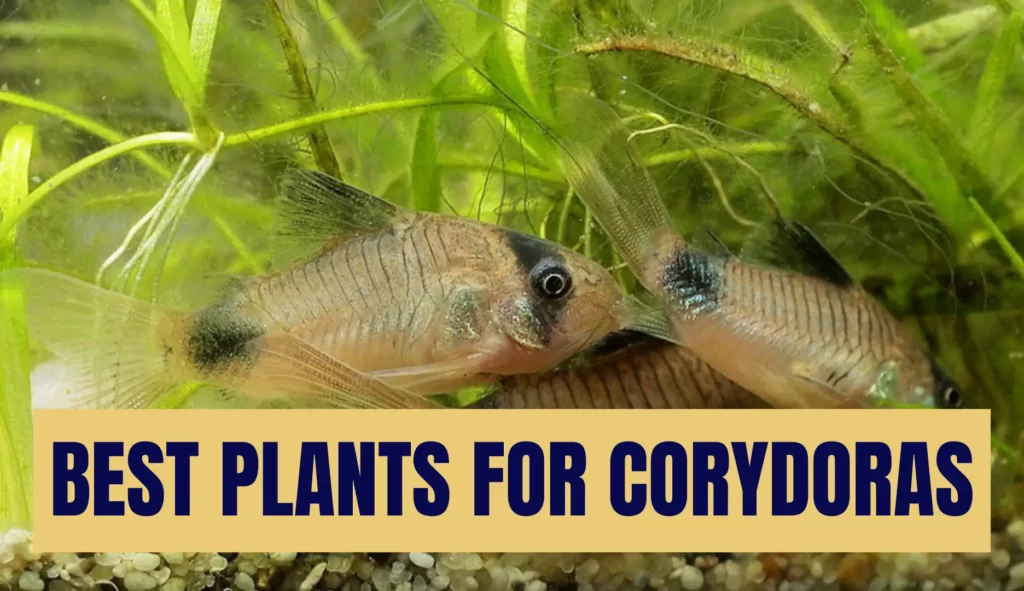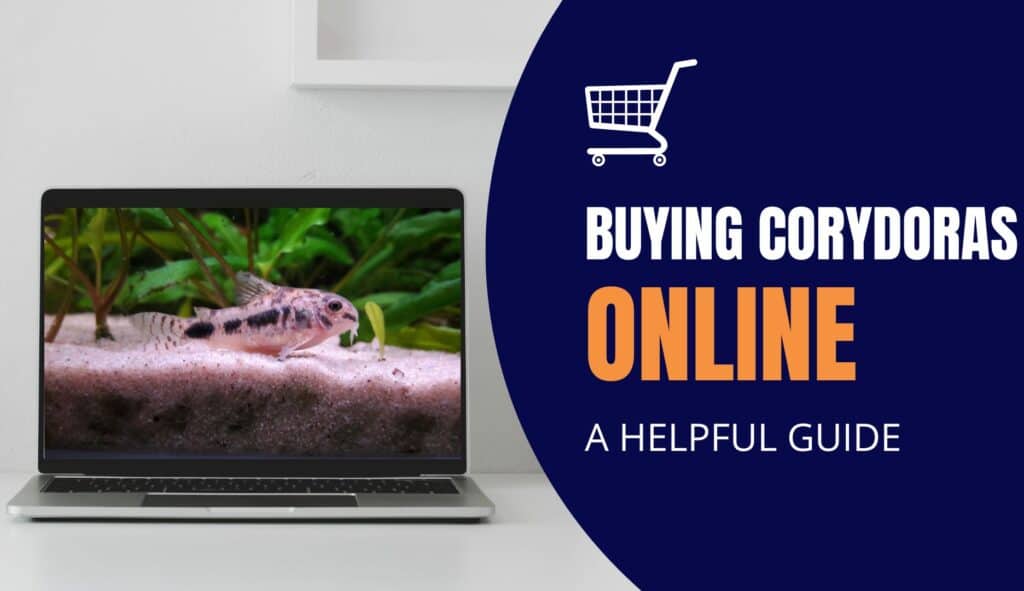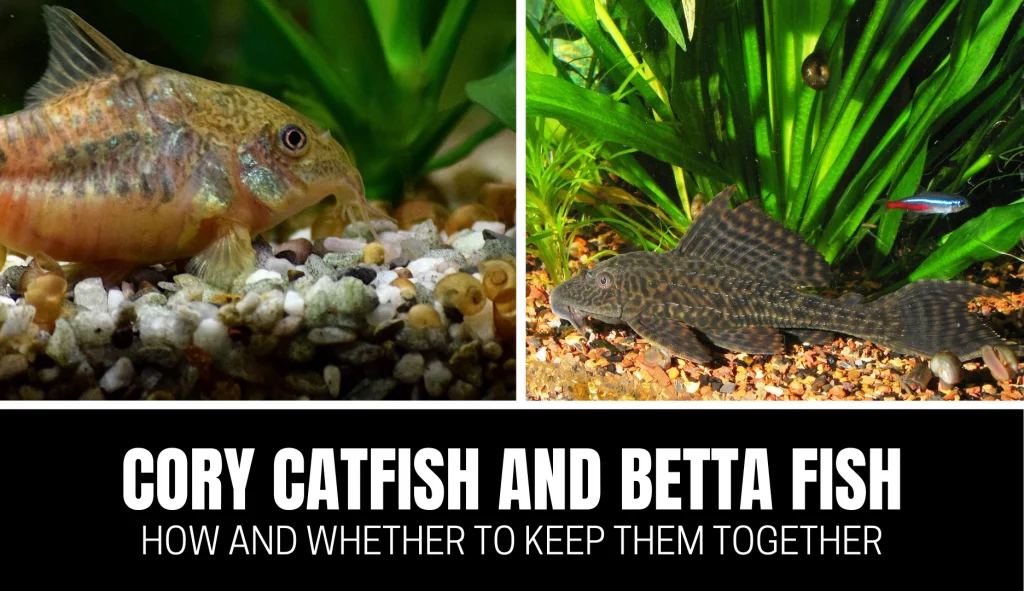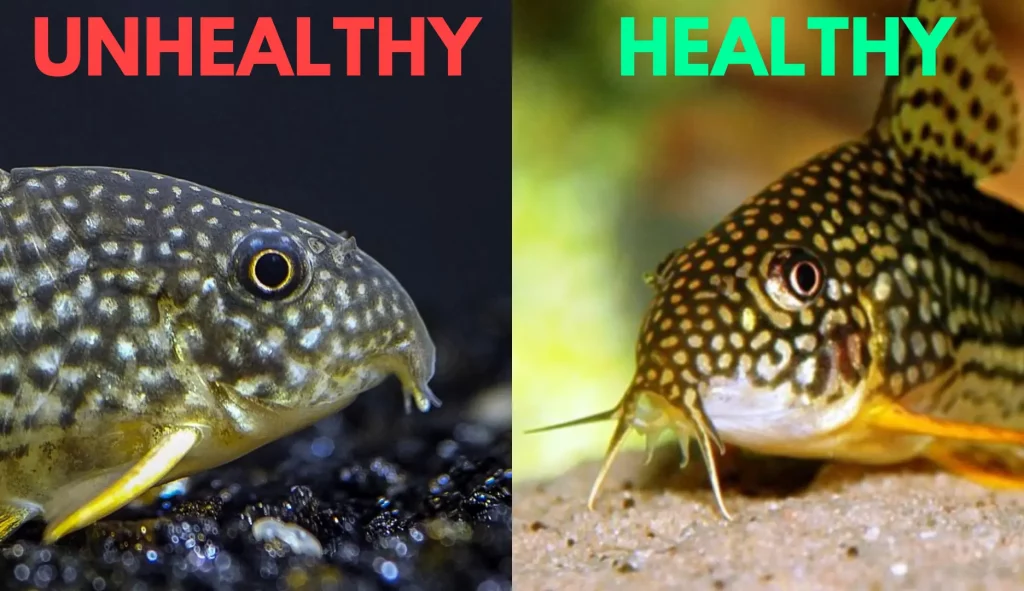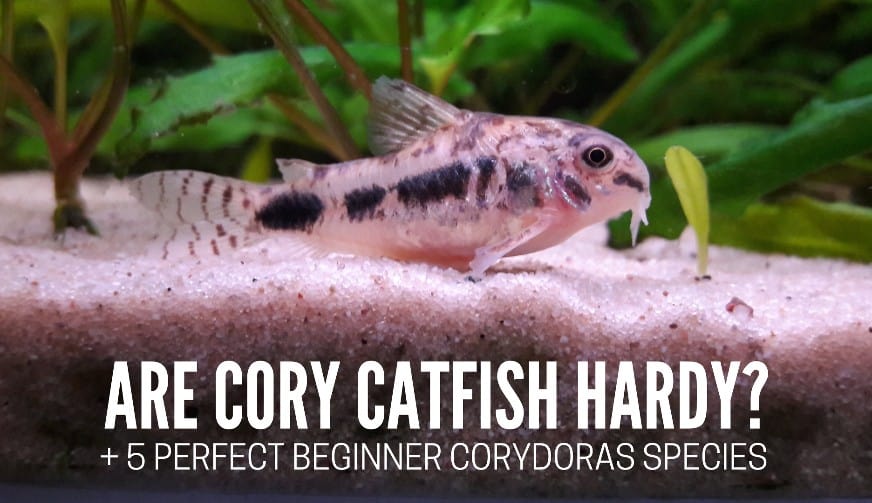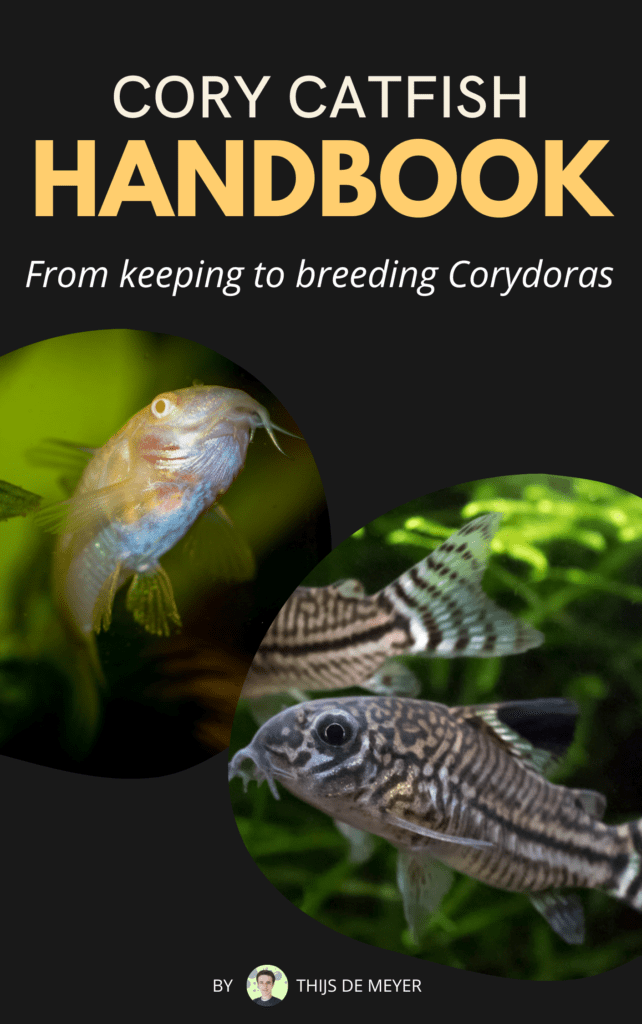This post is created in collaboration with Marcelo Pedraz, who has years of actual field experience in the habitats of these fish.
Corydoras are fascinating fish, and many people wonder what the wild habitat of corydoras looks like.
Corys inhabit many different types of habitats in South America.
This article will delve into the waters of mainland rivers and streams to explore where these unique and adorable catfish live.
Natural habitat
Corydoras are incredible fish that have evolved and adapted throughout the vast South American territory, ranging from the lush river basins of the Amazon to the clear and freshwater lakes of the southern part of the continent.
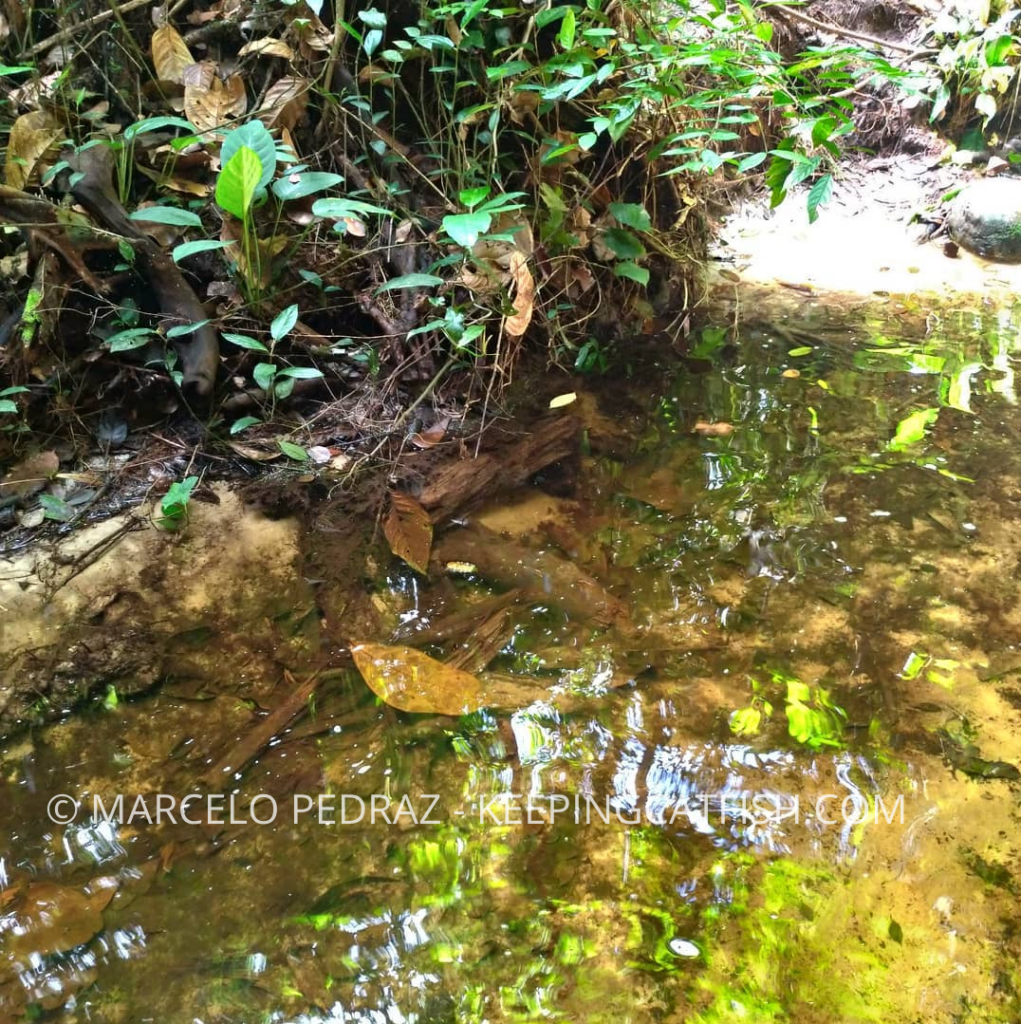
This wide distribution results from the fish’s ability to populate the varied conditions imposed by different ecosystems. Each region is unique, featuring its unique topography, climates, and water features.
The only common characteristic in the environments where these animals’ habits are is that they are all medium or small bodies of water. Corydoras do not inhabit large rivers or deep water bodies, as they would be susceptible to problems, such as predators.
Water conditions
It’s impossible to group and summarize water conditions from all the environments of South America. Cories inhabit dark and warm waters in the thick jungle to white cold mountain water and flooded plains.
As much as these fish are sensitive to pollutants and toxic substances dissolved in the water, they are very resistant and adaptable to different physical and chemical environmental parameters.
They are hardy fish because of the seasonal environmental variation during the wet and dry seasons.
The change caused on the continent in the rainy season is extreme. During floods, a large amount of rainwater flows into large bodies of water, opening oxbow lakes, drainage channels, temporary streams, swamps, small rivers, and other bodies of water.
The amount of water modifies the entire landscape; there is an increase in pH and water hardness, the temperature drops, light penetration is lower, and so on.
The monsoon season is also a call for the reproduction of most species of ornamental interest, mainly the Corydoras.
In droughts, water bodies decrease considerably in size, and many of them even completely dry up. The amount of organic matter in the water acidifies the pH – often to extreme levels – the hardness drops, and the temperature rises.
It’s interesting to point out that, at this time of the year, a large part of the Corydoras population gets trapped in canals and ponds that are drying up; Death is inevitable, whether from drought or predators.
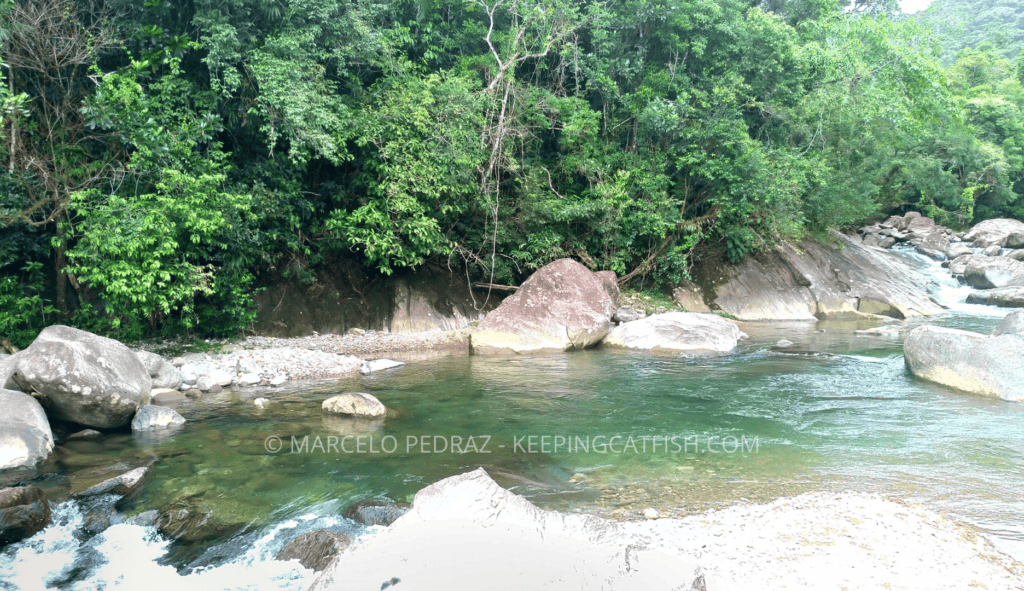
Substrate
As they are found in practically all environments in South America, it’s natural that corydoras inhabit the most different types of substrates, From creeks where the bottom is pointed quartz and tumbled rock to shallow pools with 3 inches of mud.
The substrate is a crucial aspect of the Corydoras’ habitat, influencing the species’ anatomy. They are found in areas with a bottom of fine sand, coarse sand, gravel, gravel, mud, and clay, or gigantic rocks that extend along a stretch of the stream, forming the substrate.
Each species has adapted uniquely to the specific substrate of its region, using its characteristics for feeding, protection, and reproduction. This diversity of substrates reflects the different aquatic landscapes these fish inhabit.
The type of substrate impacts the diet of Corydoras in terms of the composition of what they eat and how they feed. Those that live in areas with fine sand will “sieve” the particles in search of small invertebrates.
Those that inhabit more muddy regions can find an infinity of insect larvae and microorganisms when turning over the bottom and digging frantically.
Those that inhabit rocky places will act like vacuum cleaners, sucking up the surface and sticking their long nose between the cracks – in addition to often feeding in the water column.
Social behavior
Despite being known for having interesting social behavior, science has not yet discovered whether these fish have some established hierarchy or whether only individuals have characteristics of dominance over others.
Most species live in groups, but some species and genera (such as Aspiodoras) can be solitary. Because they do not present a colony dynamic, these fish group is not always technically called “school or shoal.”
Living in a group offers protection from predators and facilitates the search for food and reproduction.
Corydoras are often seen sifting the substrate together. New research suggests that these fish have an intricate and complex communication system.
Diet in the wild
The diet of Corydoras in nature varies and includes small invertebrates, biofilm, algae, worms, small fish, crustaceans, etc.
Due to their accelerated metabolism, corys are constantly foraging the substrate, searching for food. They are carnivorous fish, so animal protein is most of their diet.
Habitat conservation
Habitats unprotected by conservation units, or those very isolated, face increasing threats due to urban development and deforestation for illegal agriculture or logging.
Mercury contamination due to illegal mining is also a reality in some places.
It is essential to preserve these environments and the survival of local species.
Several organizations and initiatives are committed to protecting these places and promoting the conservation of rivers and streams.
Conclusion
By exploring the natural habitat of corydoras, we discover a diverse and adaptable world.
As they undergo several environmental changes throughout the year, these fish have become adaptable to many environments.
However, as these environments are being degraded we must protect these places and the species.
Continue reading our section on Corydoras to find out more about the species in your aquarium.

